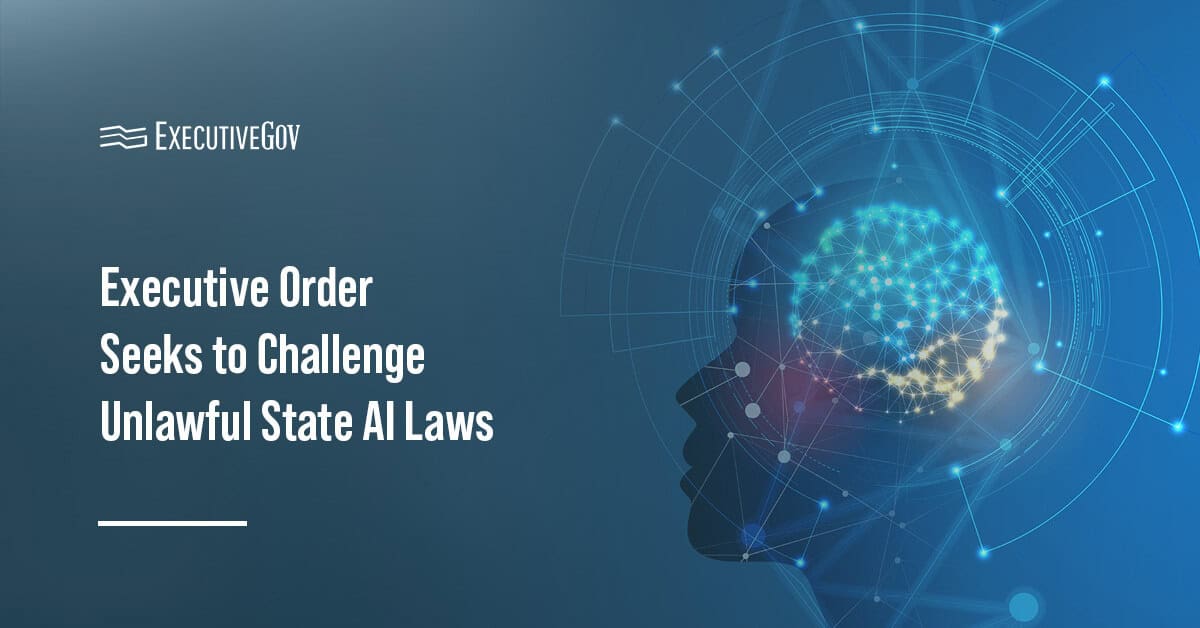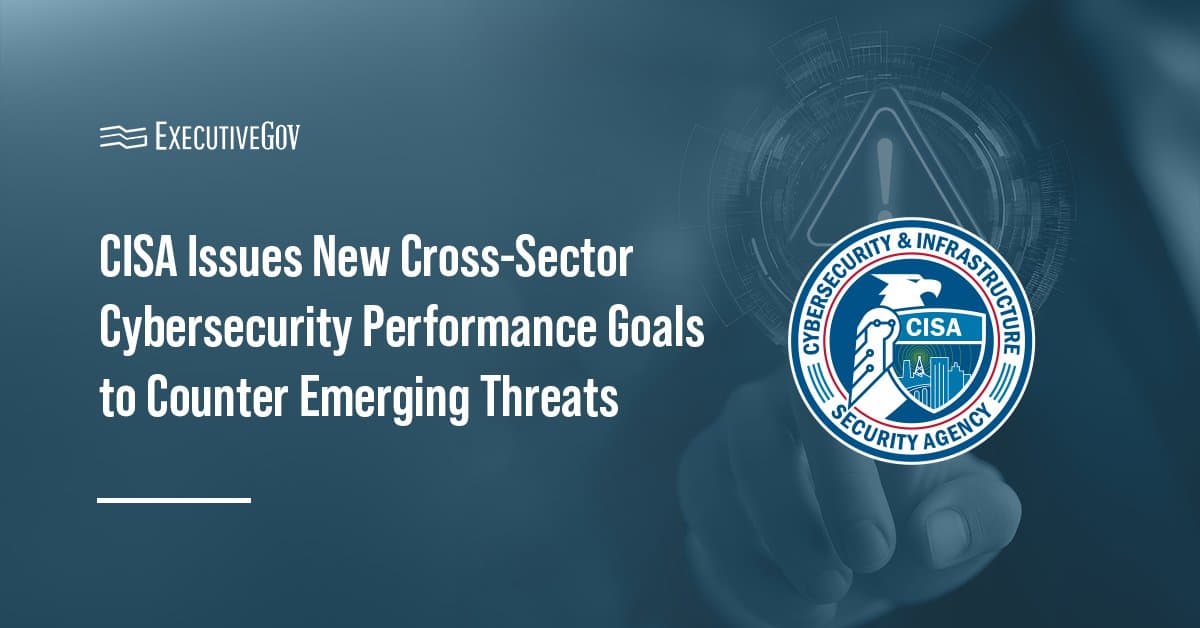Rich Jacques, corporate officer and vice president of Intelligence and Law Enforcement for Noblis, recently spoke with ExecutiveGov for the publication’s latest Executive Spotlight interview to discuss his three-year milestone with Noblis in his current role as well as the significant accomplishments throughout 2021.
In addition, Jacques also discussed the challenges of building a positive culture and team, the impact that emerging technologies are having on law enforcement operations, the influence that cybersecurity is having at the state and local government level and more.
“We’re almost two years into this pandemic and there have been multiple challenges facing our workforce like alternate work schedules, evolving safety protocols, and other related work-based and personal challenges. Leaders, such as I, have been forced to lead from afar and continuously adapt to the rapidly changing environment while providing a stable environment for our teams.”
You can read the full Executive Spotlight interview with Rich Jacques below:
Table of Contents
ExecutiveGov: Congrats on the three-year milestone since becoming VP of Intelligence and Law Enforcement for Noblis! What would you say are the biggest improvements or accomplishments that you and the Noblis team have made in the last year?
“We took a step back to assess our capabilities and refresh our focus on key client missions where we could have the biggest impacts. We have amazing talent and capabilities deployed in spaces that are also applicable in adjacent mission spaces.
For example, we have delivered significant data and cyber analytic capabilities within DHS that are also applicable to the Intelligence Community. During the pandemic, when acquisition schedules slowed, we had an opportunity to further connect similarities in mission needs and refine our focus on our talent and capabilities.
We also looked at strengthening our position and impacts on opportunities in three specific ways. First, we made deliberate investments in our talent with technical certifications. With the emergence of multi-cloud and cyber threats, we took the opportunity to bolster our expertise while also continuing to grow our DevOps, SAFe agile, and model-based system engineering talent. These are skills that we like to continuously expand to stay ready for the challenging and evolving missions we serve.
Second, we spent some time revisiting client use cases that heavily influenced our internal research program, which we refer to as Noblis Sponsored Research. This helps prioritize our investments, funding, and corporate resources to develop and refine capabilities that directly apply to solving our client’s toughest problems.
Finally, we expanded our proven capabilities that apply to more than one client space. For instance, we have a computer vision algorithm tool called ‘Captioning Objects and Image Labeling’ (COIL), that was being trained on models specifically around law enforcement-type activities.
However, we are now training the models with new data sets based around geospatial intelligence. This created a bridge between law enforcement and geospatial use cases that we provided to our clients as a proof-of-concept. We’re also able to better align our corporate strategy to our clients’ strategies and expand accordingly across different client mission spaces.”
ExecutiveGov: During a recent interview with “The Savvy Professional,” you talked about building confidence through communication and routine. What can you tell us about your leadership style to build a positive culture of collaboration and communication with your team?
“That conversation really made me reflect back on the things that I do on a daily basis. I believe that communication is essential to success. Whether it’s with a client or building trust amongst your teams, one of my leadership principles is transparency, decision making, and communicating the ‘so what’ to make conversations relevant.
We’re almost two years into this pandemic and there have been multiple challenges facing our workforce like alternate work schedules, evolving safety protocols, and other related work-based and personal challenges. Leaders, such as I, have been forced to lead from afar and continuously adapt to the rapidly changing environment while providing a stable environment for our teams.
When you don’t have a personal connection with your teams on a day-to-day basis, you have to adjust the frequency and the methods of communications to meet new and changing operational constraints. It adjusted how I was addressing my teams. For me, it was an opportunity to make better connections and test different approaches for connecting and engaging a very dispersed workforce that are located at multiple client facilities.
The end result has certainly been increased engagement, but more importantly, the quality of the overall engagement has improved with conversations that are not just business related updates, but personal and mental health conversations that have strengthened the employer-employee relationship.
ExecutiveGov: With law enforcement operations being heavily impacted by emerging tech such as biometrics, augmented reality and facial recognition technology, how are these new capabilities influencing how our enforcement officers think about things like privacy, data integrity and Quality Risk Management?
“There are many components wrapped into this question so I’ll start with digital content. As you know, digital content is being produced at a mind-blowing rate and there’s massive amounts of it produced on a daily basis. If you look at that in the context of law enforcement and the work it takes just to assess all that data, it’s overwhelming—and there’s absolutely no way that a human can keep up with that pace.
As a result, we’re always searching for automated tools and consistent methods to improve the efficiency of investigating something that occurred. For something like a missing persons case or an individual in danger, an agent or investigator benefits from those advanced analytics and automation techniques that come through artificial intelligence and machine learning to reduce the time to sift through data and help the individual.
Another example is a situation where we leverage crime-scene cameras to record and stream information automatically to experts who may not physically be at that location. The officers on the ground may be wearing augmented reality glasses, but they can essentially scan a crime scene and process the situation more efficiently. That’s a matter of having the right trained expert/investigator going through the scene from a remote location. It reduces the likelihood of missing critical information in an investigation.
These technologies are evolving extremely fast. The challenge is to understand how to best harness them. There’s still a lot of maturity to reach—and they’re not foolproof. As we explore and implement these emerging technologies, we must simultaneously continue to focus on research and testing for accuracy, explainability, security and bias.
Likewise, training will be critical for law enforcement officers. We need to assure that they have the technical skills to use and benefit from these technologies. This will enable them to recognize/counter the technologies when they’re being used by criminals and adversaries.
It’s important to note that the quality, accuracy, reliability, and explainability rely on how the analytics and algorithms were created—which boils down to the training data used to create the models. AI/ML, analytics, and algorithms are only as good as the available training data.
More often than not, training datasets aren’t comprehensive enough for host of reasons including, cost, time, sampling errors—which causes selection bias and population bias—and delivers information that doesn’t include low-quality data, certain demographics, or any other unknowns at the time the algorithm was created.
Case in point, we hear in the news about racial populations in facial recognition, but the effect is true for almost any attribute of data. Several years ago, we saw this with large-scale fingerprint recognition evaluations, such as those conducted by National Institute of Standards and Technology (NIST), which showed women, and specifically Asian women, had lower recognition rates. Once this was identified, more comprehensive data was collected to train models which improved the algorithms.
If accuracy is very high (very low error rate) there is an additional concern that quality assurance systems may not be able to detect errors, and the expectation that something is almost always right means everyone stops expecting errors. A system that is 60-70% accurate is desirable as it provides results that will still be verified by an expert.
It only takes one of these “rare events” to cause the public and press to cause backlash with the use of technology. It is inevitable that advances in biometrics, AR, and AI/VR all help to improve evidence-based law enforcement and offer avenues for more informed decision making by law enforcement officers.
For this technology to be utilized effectively in law enforcement, its accuracy must be well characterized and efforts should be expended to minimize errors and understand when errors are most likely to occur to ensure appropriate decision-making and minimize bias.”
ExecutiveGov: With cybersecurity, it seems like the conversation always heavily leans to national security and the bigger picture from a nation standpoint, how is cybersecurity impacting more common citizen-based crimes such as identity theft and other financial crimes? What steps are being taken towards data protection at the local and state government level?
“Cyber threats can impact everyone and typically the national security incidents get more media attention. The reality is that everyone can be a victim of cyber threats. As everything is now online from corporate systems, industrial control systems, personal finances and bank access, information is vulnerable.
The most common impact to citizens continues to be identity theft that is usually obtained by phishing methods. The criminals are after specific elements of Personal Identifiable Information (PII) to use for loan applications and other fraudulent ways to receive money. Naturally as everything is becoming available through online apps, victims are being convinced to provide their information and money is in greater numbers than ever before.
There are many programs to get local and state governments the resources they need to successfully implement cybersecurity into their operations and protect the data that they have. The aim of these programs range from sharing information about new techniques to providing assistance when recovering from an attack.
One resource is the established primary and major metropolitan-level fusion centers that have provided a connective tissue with resources shared between federal, state, and local-level government entities. These fusion centers provide information regarding detected threats and vulnerabilities, and rapidly share mitigations to help everyone protect themselves.
More recently, there’s awareness campaigns that are available to the public. In particular, DHS has a campaign called, ‘Stop, Think, Connect,’ which provides public outreach education. They also have workforce development programs to help individuals and companies dealing with the overwhelming responsibility of protecting information and data.
Multiple resources are available to help individuals understand information sharing and collaboration is key. I encourage every citizen to pay close attention to this because every individual is vulnerable and can be impacted by the same techniques that are being used at the national level.”





